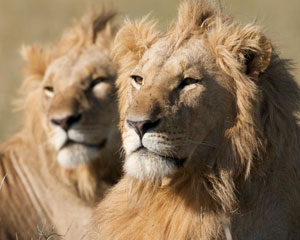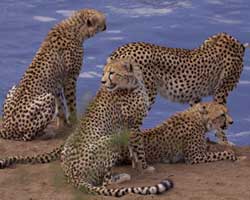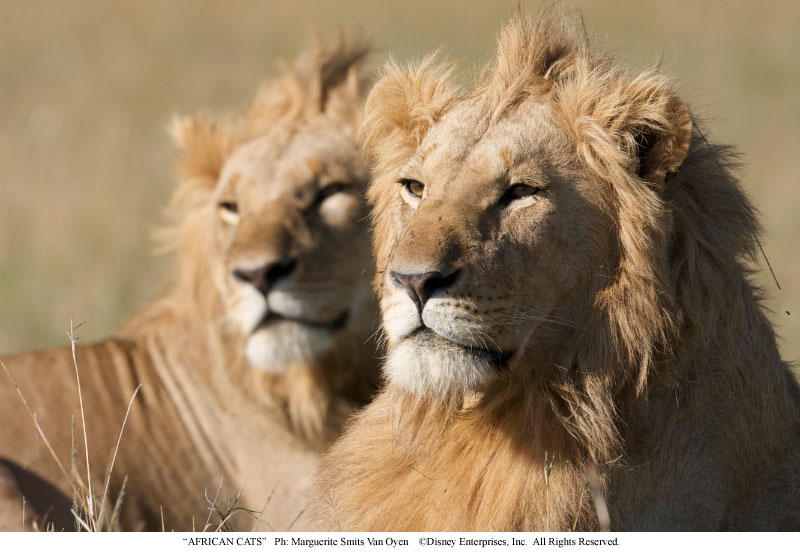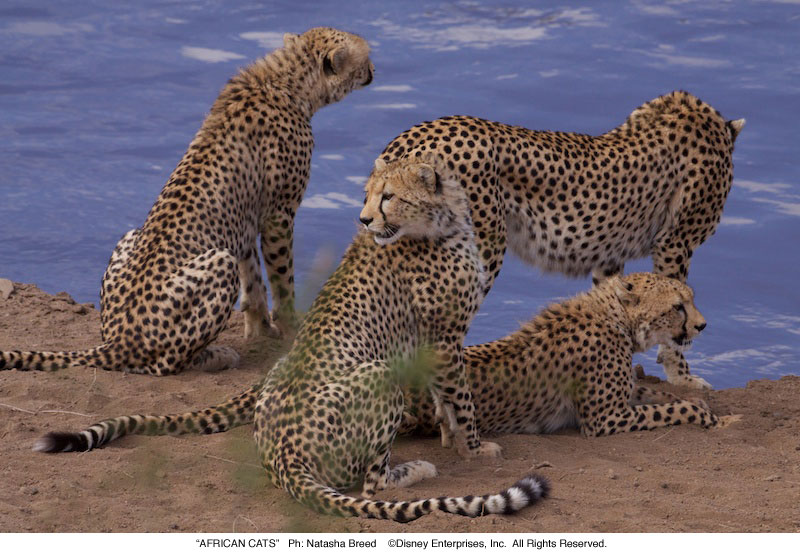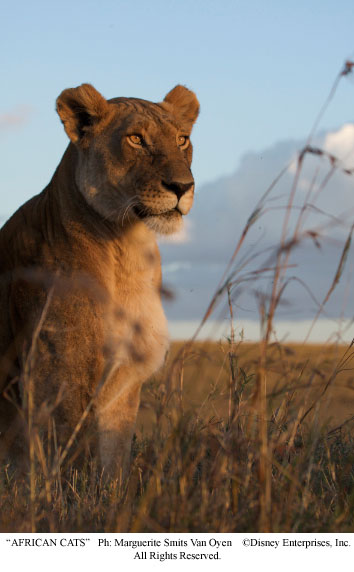Save the Savannah
This competition is now closed. To see the winning entries, please visit the Competition page.
The African Savannah is a complex ecosystem with an amazing diversity of wildlife. Every organism on the Savannah plays an important role in shaping the environment and every organism is connected. The African Savannah is ruled by top predators such as lions and cheetahs, and these predators help maintain gazelle and antelope populations.
Elephants knock down trees, clear grasses, and dig watering holes for other animals to use. Light grazers such as warthogs trim grasses to help new plants grow. Dung beetles help recycle animal waste, returning essential nutrients back into the ecosystem. Hyenas and vultures feed on carrion, helping to keep the Savannah clean. Termites build mounds as homes that become as hard as concrete. Termite mounds serve as lookouts, scratching posts, and hiding spots for a variety of animals.
Each of these animals has an important role to play – the loss of even one of these organisms could greatly impact the entire ecosystem. Ultimately, creating a balance is crucial to maintaining flourishing life on the Savannah. Conservation strategies will need to evolve to enable the Savannah to deal with the increasingly complex challenges this unique habitat faces.
Download this PDF for more information on African Cats: ![]()
For information on conservation in the African Savannah students can visit the Tusk Trust and PACE Project websites.


